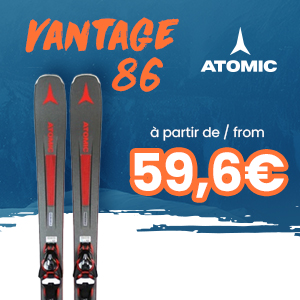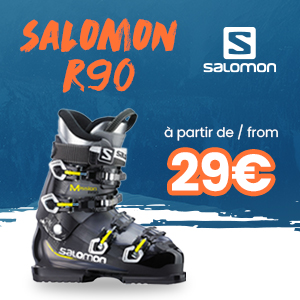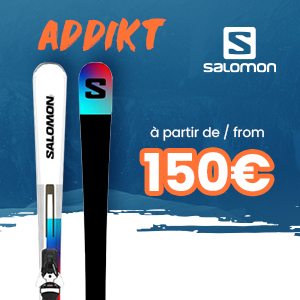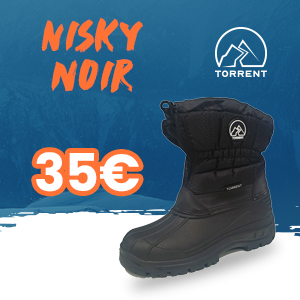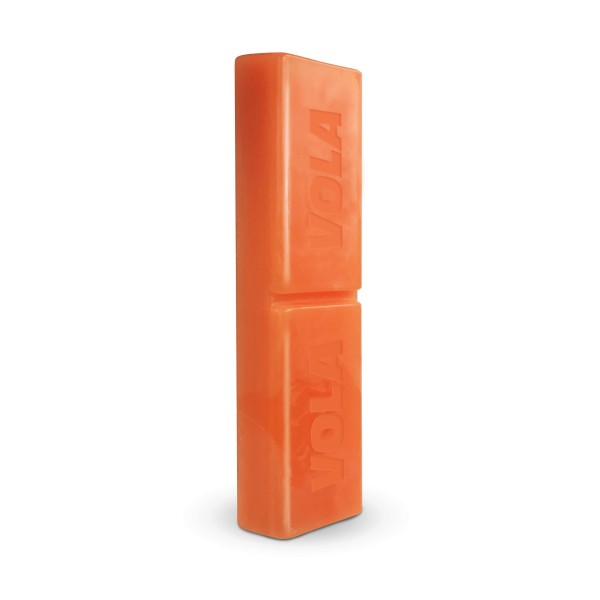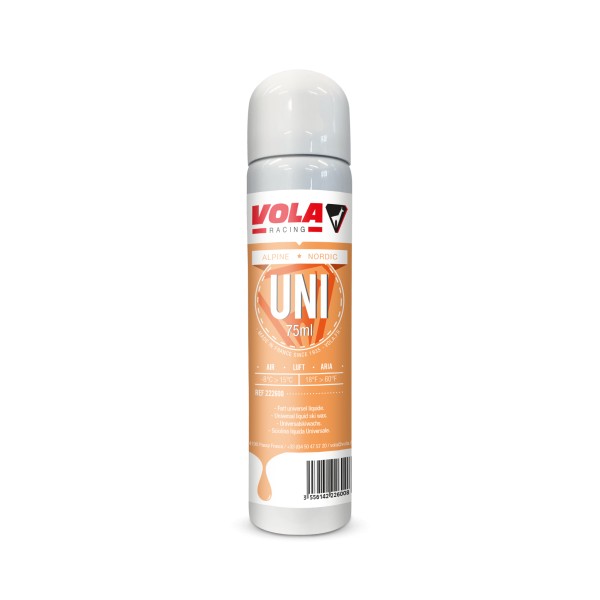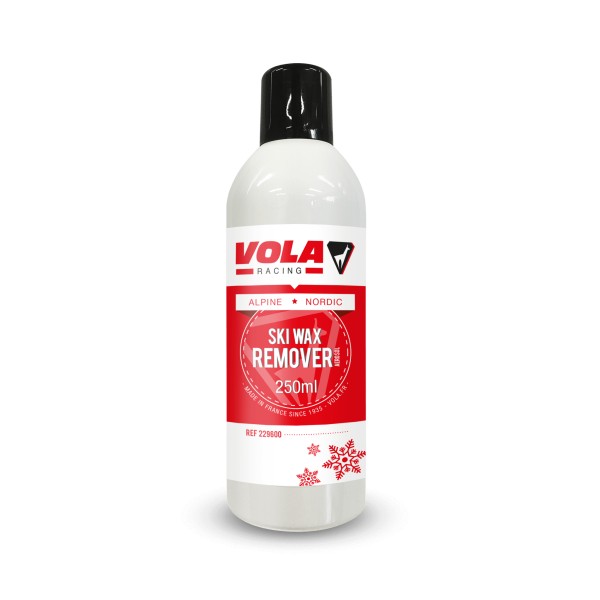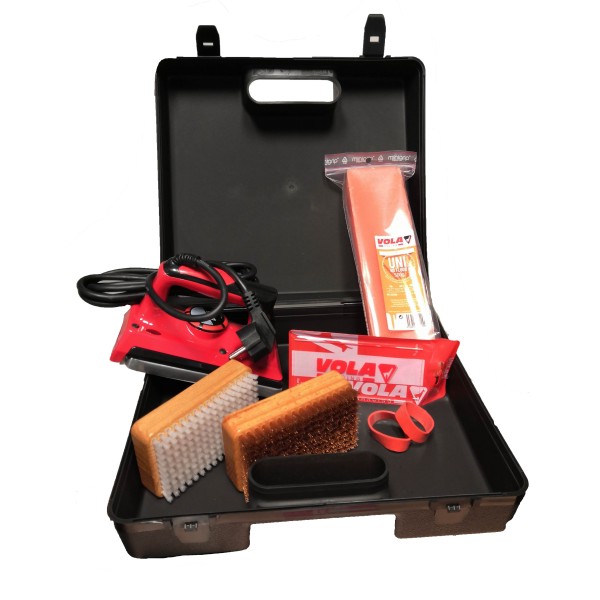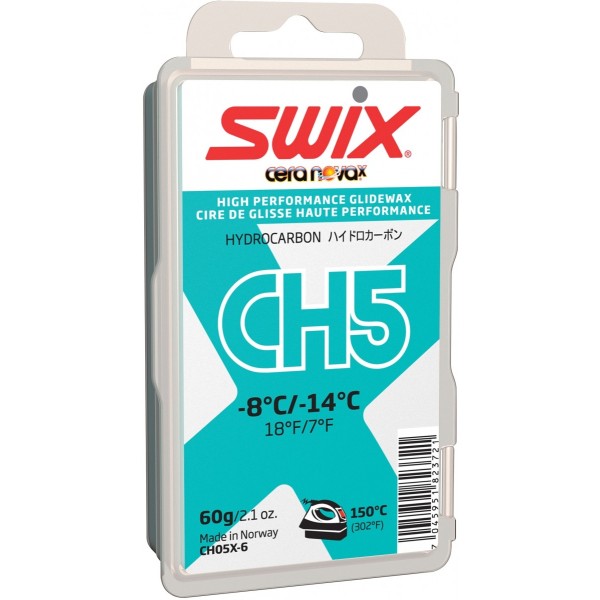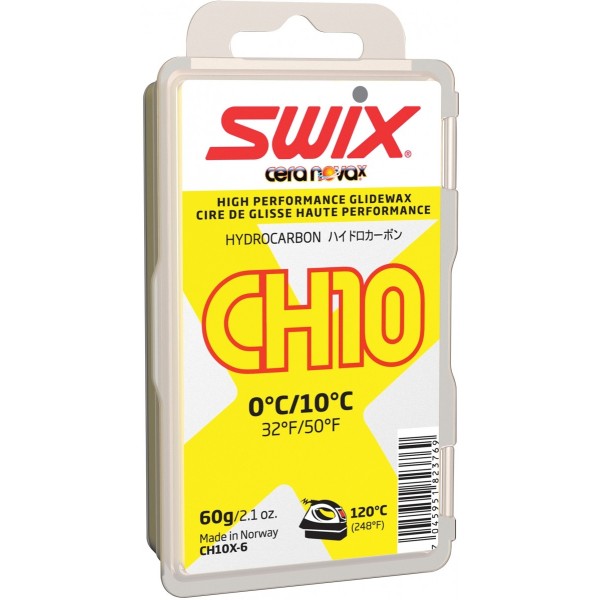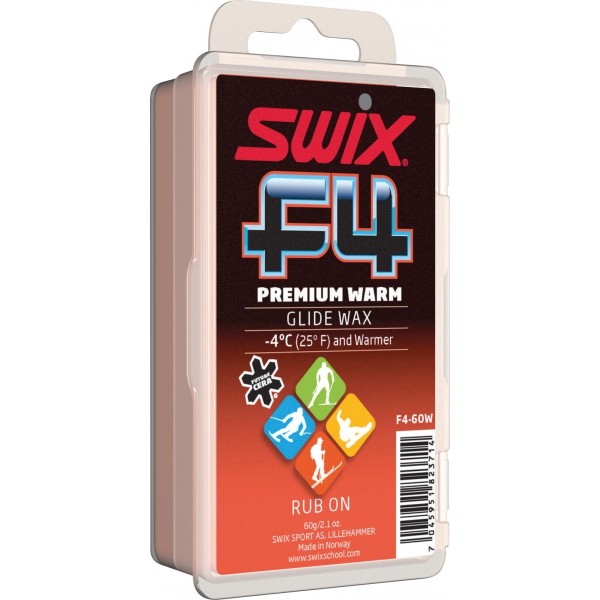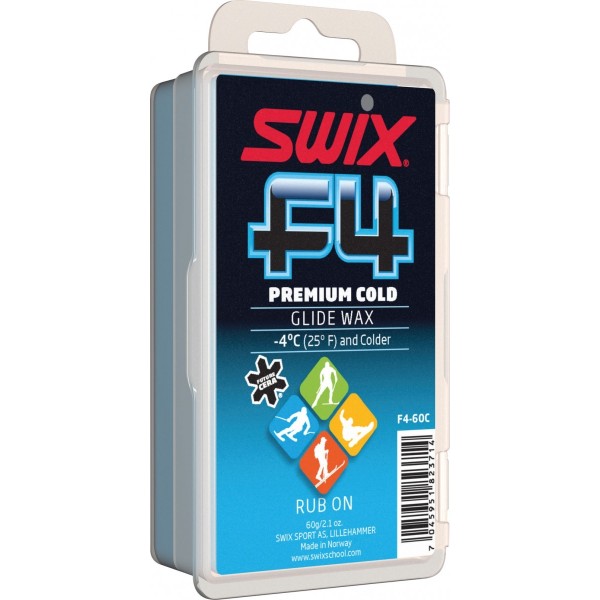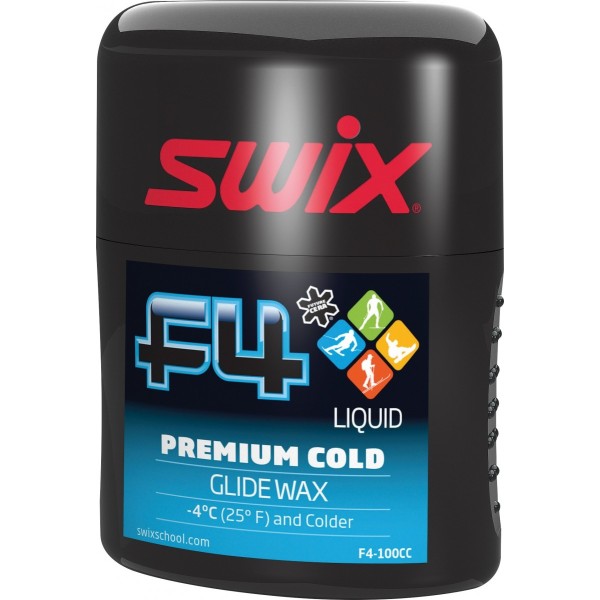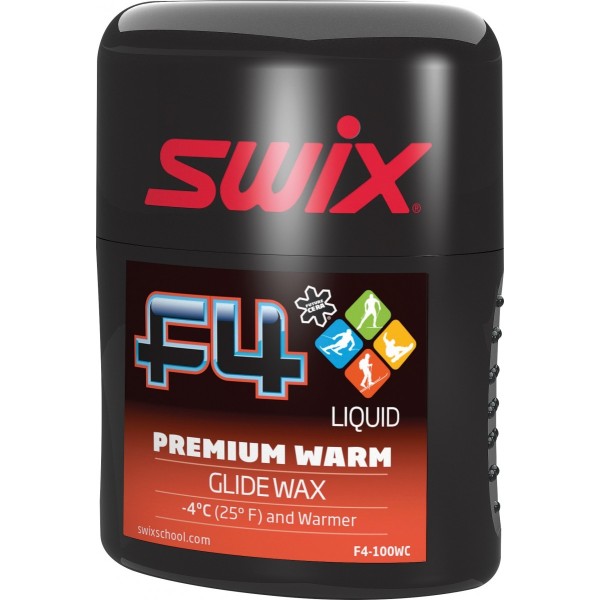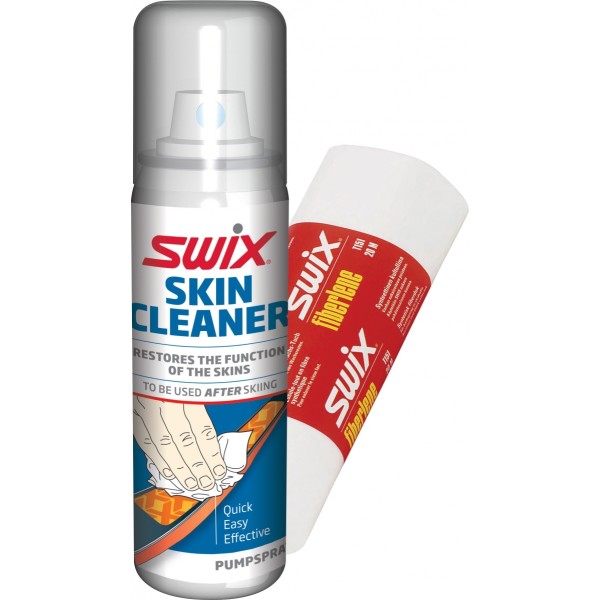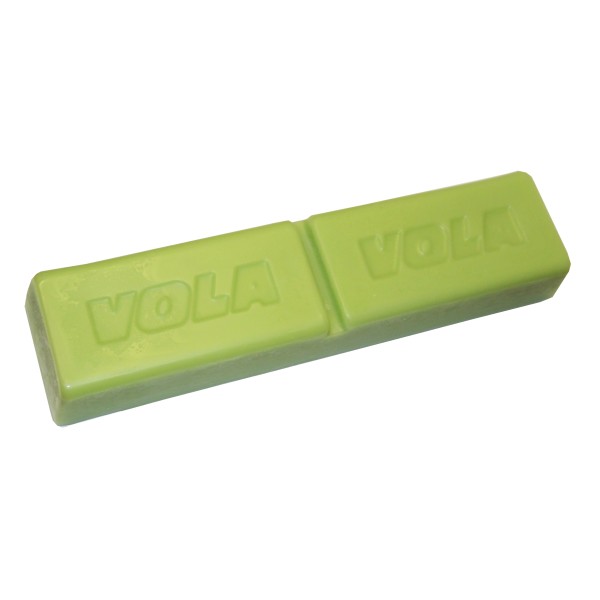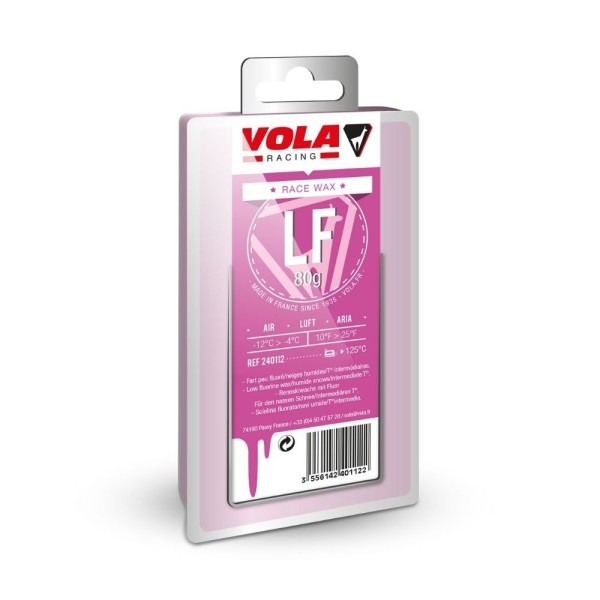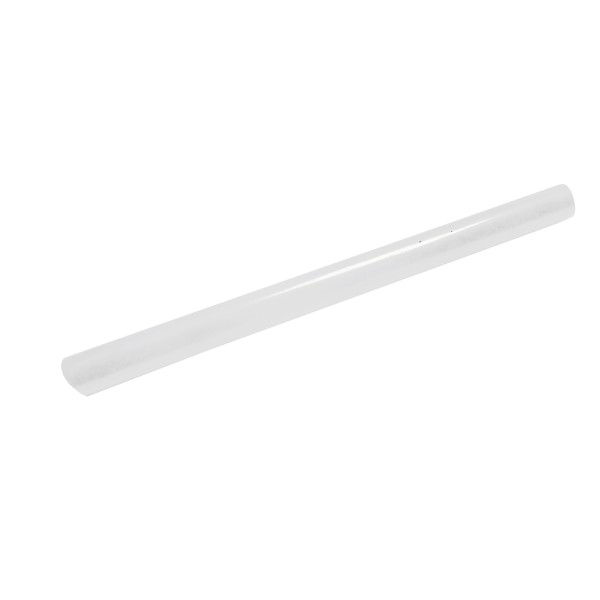Wax
Why wax skis?
Waxing is an essential step before the winter season for ski maintenance. Wax is a special coating that not only improves glide but also maintains your ski bases. When you ski on snow, the pressure of your skis and the outside temperature melt the snow, creating a thin layer of water.
The wax's function is to evacuate water to ensure optimal glide and gain speed. Depending on your needs and your practice, there are two waxing methods. First, cold waxing. This involves roughly spraying the previously chosen wax onto the bases and then brushing it with a polish. This method is recommended for all beginners but also for skiers in a hurry. Then there is the most widespread application, hot waxing. The latter is highly recommended for better results and even waxing on the tips. To do this, you simply need a waxing iron that allows precise temperature adjustment. The principle lies in applying the wax drop by drop onto the bases. When the wax has cooled, you can scrape from the tip to the tail to remove excess wax. Finally, for a beautiful finish, brush the bases to extract the wax from the micro grooves.
The different types of waxes
Throughout the winter season, you'll encounter a variety of skiing conditions. To choose the right wax, various criteria must be taken into account: air temperature, humidity, and snow granulation. Each color of wax corresponds to a specific skiing condition:
- orange wax: -8°C to 15°C
- green wax: -12°C to -32°C
- blue wax: -6°C to -12°C
- purple wax: -2°C to -8°C
- red wax: -4°C to +1°C
- yellow wax: 0°C to +10°C
Each wax has specific characteristics to guarantee excellent glide in all circumstances. To prepare and maintain your ski equipment, find all our ski maintenance tools on our website. Discover VOLA RACING waxes and SWIX waxes to maintain your equipment like a professional.
And if you are looking to maintain your skis , we invite you to find out about our tools .
